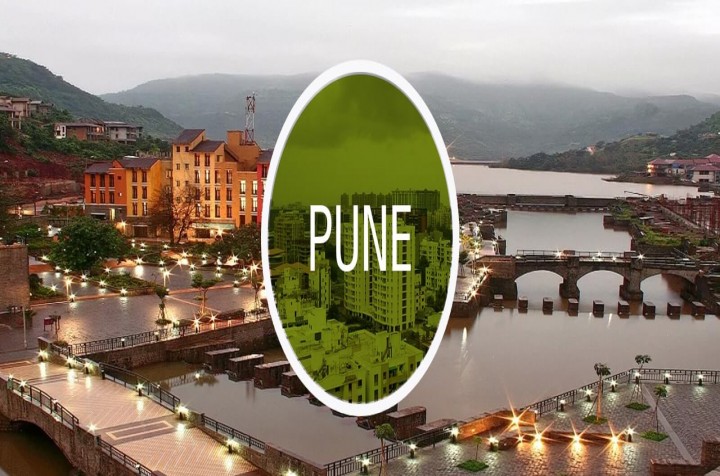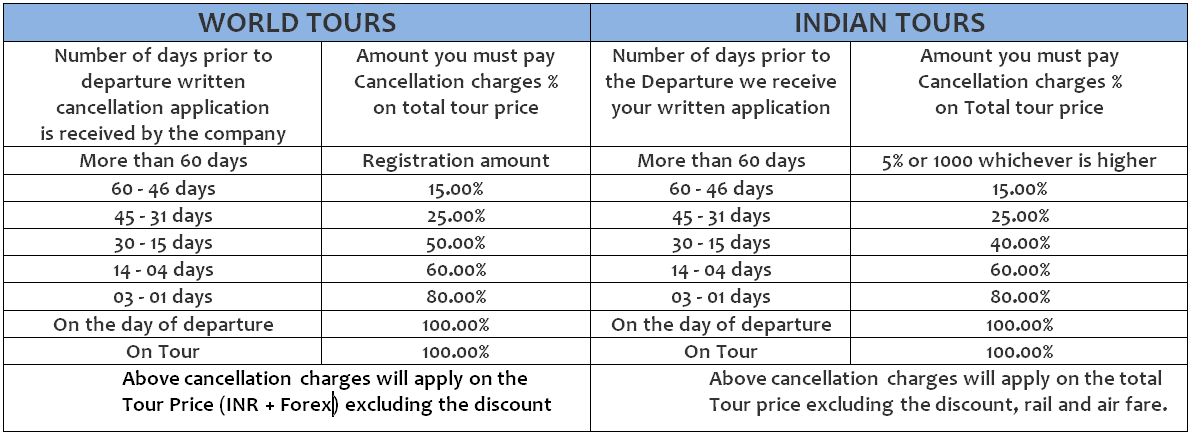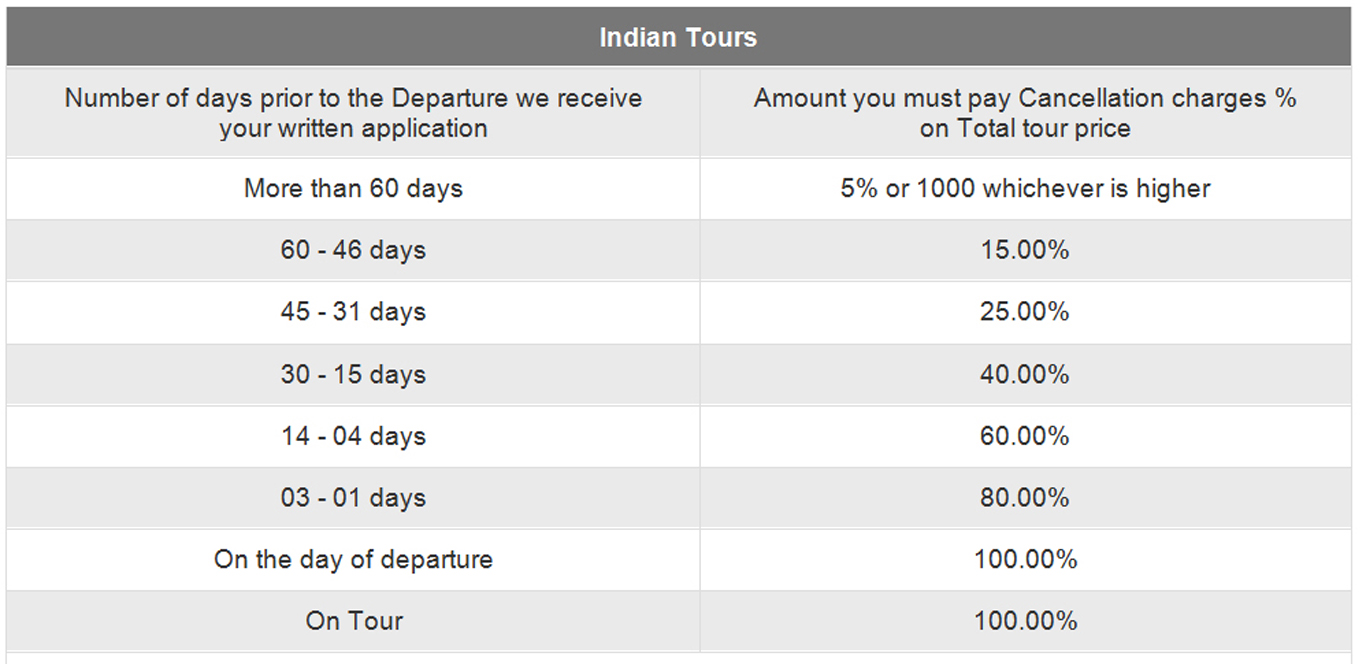Description
DAY 1 : AGA KHAN PALACE - SHANIWAR WADA - DAGDUSHETH HALWAI GANAPATI TEMPLE - SARAS BAUG TEMPLE - PARVATI HILL
Aga Khan Palace:
At a distance of 6.5 km from Pune Junction, the Aga Khan Palace is a national monument of India's independence movement. It is situated on Pune - Nagar Road and is one of the prominent tourist places in Pune.ga Khan Palace covers an area of 19 acres, out of which 7 acres is the built up area. It has Italian arches and spacious lawns. The building comprises five halls. The palace captivates the visitors with its magnificence and picturesque architecture. It took 5 years and an estimated budget of 1.2 million rupees to construct the palace. It was donated to Government of India by the Prince Karim El Husseni, Aga Khan IV, in 1969 AD, in the memory of Mahatma .....
Chaturshringi Temple:
At a distance of 6 km from Pune Junction, Chaturshringi Temple is a Hindu temple located on the slope of a hill on Senapati Bapat road in Pune. It is one o fthe best places to visit in Pune.The presiding deity of the temple is Goddess Chaturshringi, also known as Goddess Ambareshwari. The Goddess Chaturshringi is widely considered as the reigning deity of Pune and is worshipped by hundreds of devotees. It is said to have been built during the reign of the Maratha king Shivaji Maharaj and is one of the popular places of pilgrimage in Pune .Chaturshrungi is the name of a mountain with four peaks. The temple is 90 feet high and 125 feet wide and is a symbol of power and faith. One has to climb more than 100 steps to reach the shrine of Goddess Chaturshringi. There are also temples of Goddess Durga and Lord Ganesh in the temple premises. This Ganesh shrine includes eight miniature idols of Ashtavinayaka and these small temples are located on four separate hillocks. According .....
Shaniwar Wada Fort:
At a distance of 3 km from Pune Junction, Shaniwar Wada is an ancient palace fort situated in the center of Pune in Maharashtra. This one of the most popular historical places in Pune and also one of the top tourist places in Pune City. At a distance of 3 km from Pune Junction, Pataleshwar Cave Temple is an ancient rock cut cave temple located on Jangli Maharaj road in Shivajinagar area of Pune. It is one of the top places of sightseeing in Pune and is maintained by Archaeological Survey of India (ASI).
Pataleshwar Cave Temple:
The temple is also known as Panchaleshvara or Bamburde Temple and is dedicated to Lord Shiva. The rock-cut cave temple was carved out in the 8th century AD, during the Rashtrakutas Period. The cave temple bears resemblance with the rock-cut temples of Ellora. It has been declared as a protected monument by the government of Maharashtra.Made of basalt rock, the cave temple is believed to have been cut out from a single rock. A linga, the symbol of Shiva, is housed in the sanctum, which is a cube-shaped room about 3 to 4 m high. On each side of the sanctum, two smaller cells are present. A circular Nandi Mandapa, with its umbrella shaped canopy supported by square pillars, is located in front of the cave. This .....
Shaniwar Wada Fort:
Built in 1732 AD, Shaniwar Wada was the seat of the Peshwa rulers of the Maratha Empire until 1818 AD when the Peshwas surrendered to the British after the Third Anglo-Maratha War. Following the rise of the Maratha Empire, the palace became the center of Indian politics in the 18th century,
Shaniwar Wada was originally built as the residence of the Peshwas. The foundation of the mansion was laid by Bajirao I in 1730 AD and the construction was completed in 1732 AD. It is said that the foundation was carried out on a Saturday, hence the palace got the name 'Shaniwar' (Saturday), 'Wada' (residence). Influenced by Mughal design and architecture, Shaniwar Wada represents the skillful craftsmanship of Maratha artisans and boasts about 21 feet tall ...At a distance of 3 km from Pune Junction, the Lal Mahal is a red-colored palace located near Shaniwar Wada in Pune. It is one of the most famous monuments located in Pune
Lal Mahal:
Located in the Kasbapeth area of Pune, Shivaji's father Shahaji Bhosale established this palace for his wife Jijabai and son in 1630 CE. The original Lal Mahal was built with the idea of rejuvenating the recently razed city of Pune when Dadoji Kondev entered the city along with Shivaji and his mother, Jijabai. Shivaji stayed here for several years until his first victorious feat of capturing the Torna Fort in 1645 CE. This is the same place where Shivaji Maharaj cut Shaistekhan's fingers when he was trying to escape from one of the windows of the Lal Mahal.Towards the end of the 17th Century CE, the Lal Mahal fell into ruins and was eventually razed to the ground as a result of various attacks on the city. The exact original location of the Lal Mahal is unknown, however it was known to be very close to .....
Dagdusheth Halwai Ganapathi Temple:
At a distance of 4 km from Pune Junction, Dagdusheth Halwai Ganapathi Temple is an ancient Hindu temple situated in Budhwar Pet near Shaniwar Wada in Pune City. This is one of the important Ganesh temples in Maharashtra and also one of the popular tourist places in Pune.
Sri Dagdusheth Temple is dedicated to the Hindu God Ganesh. The temple was built by Dagdusheth Halwai, a sweet seller. In late 1800s, he lost his son in a plague epidemic. This caused Dagdusheth and his wife to go into deep depression. To heal them, he built the Ganesh temple in 1893 AD according to their Guru Sri Madhavnath Maharaj's advice. Every year the Ganapathi festival was celebrated with deep faith and enthusiasm not only by Dagdusheth's family but the entire neighbourhood. Later, Lokmanya Tilak made Ganapathi festival a public celebration to bring people together for the freedom struggle.
Raja Dinkar Kelkar Museum:
At a distance of 4 km from Pune Junction and 1.5 km from Shaniwar Wada Fort, Raja Dinkar Kelkar Museum is situated on Bajirao Road, Shukrawar Peth in Pune. It is one of the excellent museums in Maharashtra and also one of the top places to visit in Pune City.The museum was founded by Dr. Dinkar G. Kelkar in remembrance of his only son, Raja Dinkar in 1962. He started gathering artifacts from 1920 to 1960. Initially, he used to exhibit these collections to friends and family. With the help of state government as well as local bodies, his collection started growing further. And in 1975, he handed his entire collection to the Government of Maharashtra.Raj Dinkar Kelkar Museum houses various sculptures dating back to the 14th century. The three storey museum contains nearly 20,000 objects like paintings, handicrafts, armour-suits, musical instruments and many other objects of art and artifacts collected from all over the world. The building has been designed in a Rajasthani-style, .....
Sarasbaug Ganapathi Temple:
At a distance of 5 km from Pune Junction and 2 km from Dagdusheth Ganapathi Temple, Sarasbaug Ganapathi Temple is an ancient Hindu temple situated at Sarasbaug near Dinkar Kelkar Museum, Pune. The temple is one of the oldest temples in Pune and also one of the top pilgrimage places in Pune.
The Sarasbaug Temple has a rich historical past and has an identity of its own owing to its unique island position. Soon after completion of Shree Devdeveshwar Temple on Parvati hill in 18th century, Shrimant Nanasaheb Peshwa had decided to construct a lake at the foothills of Parvati as a part of beautification. An island of about 25,000 sq. feet area was retained in the middle of this lake. Later on, a beautiful garden was created on this island. In 1784 AD, Shrimant Sawai Madhavrao Peshwa built a small temple in Sarasbaug and installed the idol of Sri Siddhivinayak Gajanan.At a distance of 5 km from Pune Junction and 2 km from Dagdusheth Ganapathi Temple, Sarasbaug Ganapathi Temple is an ancient Hindu temple situated at Sarasbaug near Dinkar Kelkar Museum, Pune. The temple is one of the oldest temples in Pune and also one of the top pilgrimage places in Pune.
Sri Mahalaxmi Temple:
at a distance 6 km from Pune Junction, Sri Mahalaxmi Temple is beautiful temple situated at just opposite to Sri Sarasbaug Ganesh Temple in Sarasbaug area of Pune, Maharashtra. It is one of the top pilgrimage places to visit in Pune City.
The temple is dedicated to Goddess Mahalaxmi, Mahakali & Maha Saraswati. It was founded in the year 1972 by Late Sri Bansilal Ramnath Agarwal. It took almost 12 years to complete the work. Entire temple has been developed using white marble that further adds an additional grandeur to this majestic architectural specimen.
The temple was built in Dravidian style of architecture. The shikhar of the Mahalaxmi temple is 55 feet tall and 24 feet wide. The temple possesses 3 magnificent peaks which are masterfully carved with minute carvings and sculptures of several Hindu gods and are perfectly enthroned on the three deities present in the temple. The deities of Goddesses Sri Maha Saraswati, Sri Mahalaxmi and Sri Mahakali are six feet tall and have .....
Parvati Hill:
At a distance of 6 km from Pune Junction, Parvati Hill is the one of the most scenic places situated at the center of Pune. It lies at an altitude of 2100 feet and offers an excellent view of the Pune City.:? The temples on Parvati hill are the oldest heritage structures in Pune and reminiscent of the Peshwa dynasty. It is believed that Peshwa Balaji Baji Rao used to watch the defeat of the Britishers at the Battle of Kirkee from this site. The Parvati Mandir, dedicated to goddess Parvati, is situated on this Hill. According to history, the temple was built by the third Peshwa, Shrimant Nana Saheb in 17th century to fulfill the vow taken by his mother Kashibai. Today, this temple is respite for the Puneties and offers a discrete picturesque view of the adjoining areas. The view from Parvati during the early hours is simply soothing and makes a great start of the day. This hillock also holds several temples including Lord Devdeveshwar, Lord Ganesh, Lord Vishnu, and Lord Vitthal and Goddess Rukmini.
| DEPARTURE/RETURN LOCATION | BLR| HYD | BOM|MAA |
| DEPARTURE TIME | ANY DATE * |














